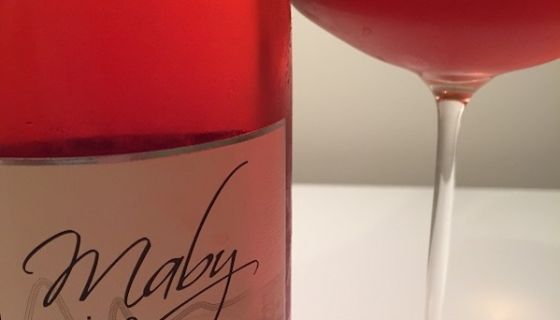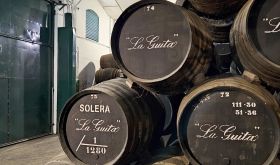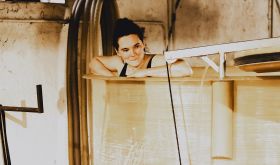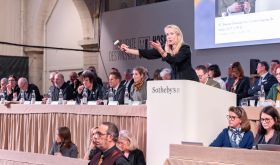From €9.34, £11.50, $13.89
For those of us in the northern hemisphere, summer is on its way, signalling what has become the rosé season. Barbecues will be fired up, picnic blankets cast and a plethora of Provençal-style palest pink wines opened.
Except that many of these are unexciting and, in the context of a smoky steak fresh off the grill, they can often be too light for much of the outdoor food on offer.
Enter Tavel.
This appellation on the west bank of the Rhône around the village of Tavel is exclusively for the production of rosé wines. A short drive south west of Châteauneuf-du-Pape, the village makes wines in a distinctively rich style with deep, vibrant hues like those pictured above. Despite sharing grape varieties, including Grenache, Cinsault, Syrah and Mourvèdre, Tavel’s wines are far from their pale, delicate cousins to the east.
This dark, spicy, powerful take on rosé may look old-fashioned in the context of today’s wines, which can seem to be trying to outdo each other for lack of colour, but I find the appearance super-appealing and I think the wines themselves can be terrific in the right context.
Producers making attractive examples include Dom de la Mordorée, Dom Lafond Roc-Épine, Prieuré de Montezargues and the fashionable L’Anglore. But my particular favourite is Dom Maby, Prima Donna. This blend of 57% Cinsault and 43% Grenache, cropped at 31 hl/ha, is their top cuvée. Prima Donna sits above a more entry-level bottling, La Forcadière, which comes from the same vineyards, but Prima Donna is a special selection thereof and doesn’t include later-ripening varieties such as Syrah or Mourvèdre that are incorporated into La Forcadière.
Their third Tavel, Libiamo, sits beside Prima Donna and is intended to be a quite different style, made solely from Grenaches Noir and Blanc and designed to recall older versions of Tavel, being matured in medium-sized, demi-muid oak. It is therefore packaged in a bordeaux bottle, rather than the classic version, embossed with the crest of Tavel.
The wines are made today by the son of the family, Richard Maby, whom I met briefly at the winery when he had a spare moment in the midst of organising the beginning of the 2018 harvest. His father Roger kindly took us through their range of Tavel and Lirac wines.
Our visit was 7 September, close to 2016’s 8–23 September harvest dates. 2017, by contrast, was distinctly earlier, with the Prima Donna grapes brought in over just three days between 30 August and 1 September.
That, and the measly 31 hl/ha yields versus 2016’s 44 hl, reflects the warm, dry 2017 summer that Richard described in his Rhône 2017 – an overview of the south, giving wines of particular concentration. It is also notable that Cinsault dominates the 2017 blend, while 2016 is 60% Grenache and 40% Cinsault.
The density of Tavel means it is a wine with longevity. In mid April, we opened the bottle of 2017 pictured, and it was showing very well indeed, with a core of ripe strawberry fruit still very much in evidence, surrounded by layers of spiciness and stony, savoury minerality that makes it such a good fit for al-fresco dining.
There’s plenty of structure that accentuates the food-friendliness, with a subtle tannic bite, no shortage of body and 14% alcohol. This also makes it a wine that can warm the cockles in the colder months of the southern hemisphere winter, so it’s a true all-rounder!
All of this flavour, depth and interest comes at the attractive price in the UK of £11.50 from The Wine Society, who are currently listing both 2017 and 2018. In the US, many stockists have already moved to the 2018, which is available from $13.99, while one or other vintage is available from €10.50 to €11.70 in Belgium, the Netherlands and France.
For those further east, Donzere Wine in Singapore lists the 2016, which I would expect still to be drinking quite well, for S$38.













